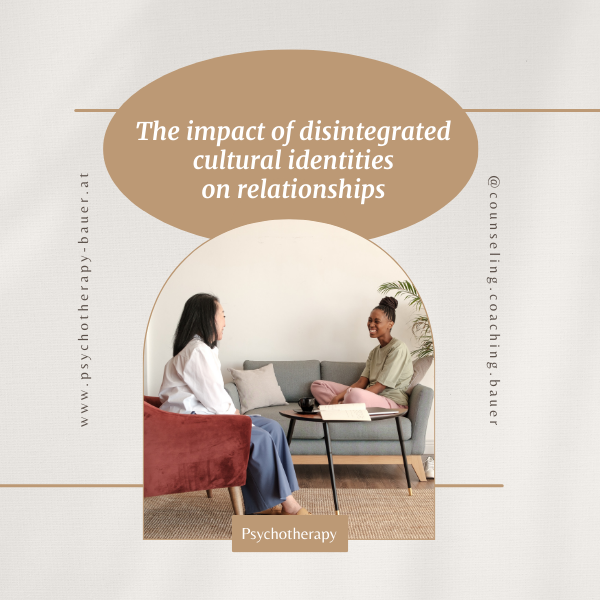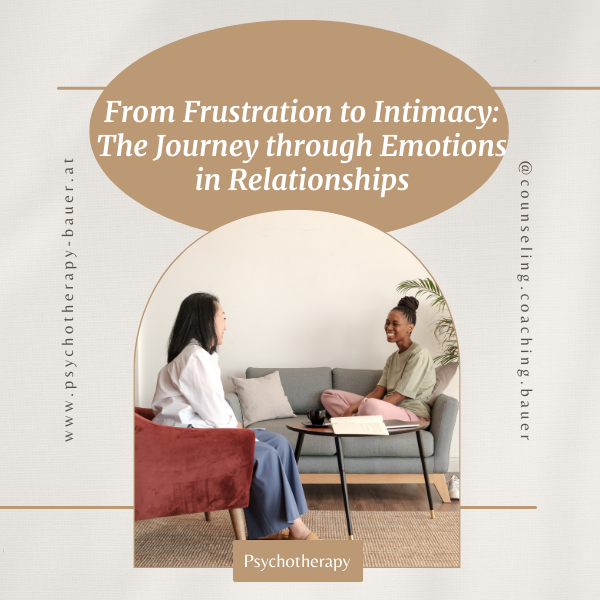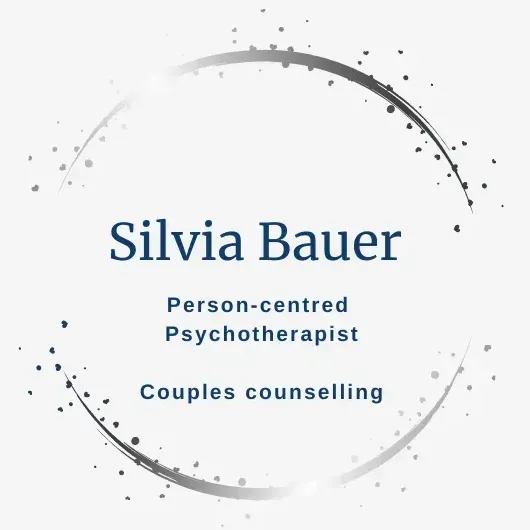Discovering EMDR: An Introduction to an Exceptional Therapy
Is EMDR Therapy the Right Choice for You?


Finding Lasting Relief: EMDR and the Organization of an Overwhelmed Mind
I like to compare the mind to a library. Usually, some librarians tidy up the books every night. But it can happen (maybe because of an unforeseen, tremendous event) that tons of new books get delivered at once. Those books have never been there before, and therefore they need new space.
The librarians are completely overwhelmed. As people continue handing in books every night, the librarians are busy with the daily workload and leave the mountain of books in the hallway. This way, there’s a large impact on daily life: plenty of books that are missing in the mountain can’t be accessed, plus everyone has to move around the mountain and could get lost on their way. That’s the mind after being impacted by a traumatic situation.
With EMDR, we help the librarians do their work. Firstly, we check if there are generally enough shelves around for this amount of books. If that’s not the case, we have to build new shelves first. Then we start, maybe removing the smallest books to get some space to move. As well, the librarians will get to know that we’re up for helping. That may encourage them to work some extra hours. For the really large and heavy books, we could need a trolley or an elevator, maybe a ladder and certainly labels for the shelves. But eventually, we’ll get to organize all of the books in a useful way.
At this point, the traumatic experience is well integrated, and new resources are established.
Do you see that it matters a lot how you help your librarians? It wouldn’t be useful to send them off with the new books to a high shelf without a ladder. That’s why setting up EMDR reprocessing is a bit more complex than it might look, and it matters to have a well-trained therapist helping your mind.
A Humorous Journey Within: Navigating Your Inner Library with EMDR Therapy
That’s a funny headline, indeed. The issue is, and that’s less known, is that we don’t start with the BLS (bilateral stimulation of EMDR) and magically erase traumatic memories. In the first sessions, we draft a map of your inner library. We get a rough understanding of the floor plan and how it is running – how many shelves, employees, range of book topics, and especially if all shelves are accessible or if there is another load of construction work going on.
When the plan is complete, we check on helpful tools. We gather them in general, e.g., ladders, additional employees, opening hours, trolleys, and elevators. Depending on how large the book is compared to the library and the librarian's experience, we also take care of choosing or providing the right tools.
To know the size of the books to be organized compared to the library, I ask you quite frequently to rate the tension you experience.
The big comfort of the EMDR session in general is that I expect your employees – and yourself - to feel a bit clueless and overwhelmed, and I guide you through this whole process. You don’t have to be creative. Yet, we have a pretty detailed look into your library.
Last but not least, when I am sure everything is prepared and organized well, we ask the librarians to start working. At this point, which may be a few sessions down the road, we go into the traumatic event and start the BLS. We also call it reprocessing and it takes some time.
You can certainly imagine that librarians are likely to have all sorts of intense feelings when they start dealing with this tremendous workload. Therefore, at the beginning, the reprocessing may be most uncomfortable. But after a short while, they get used to their work and adapt to the process. That’s when you overcome the tough episode. Quite a while of reprocessing will follow. This episode is repetitive from the outside because we don’t want to disturb their work. In case they need some motivation or get stuck, I can still help them out, but usually, they work happily and successfully undisturbed, just supported by the BLS.
You will notice when the mountain is halfway organized that great relief comes up, and you also start seeing new resources and perspectives.
Certainly, we’ll monitor that everything gets tidied up and organized until the last bit is completed. We’ll then do the follow-up care.
In the end, I will come up with some funny questions and rating tasks again, but at this point, it will be an entirely joyful task.
And I’m positive you’ll be amazed by your reconstructed and newly decorated library.
When to Consider EMDR
One of the first questions you will be wondering about is the indication: is EMDR therapy helpful for you? And let me say this: there are many occasions for EMDR, including...
1. Single traumatic experiences
● Such as accidents and experiences with rescue operations. This is true if you’ve been in an accident, as well as EMS and ERS.
● Mugging, assaults and attacks
● Mobbing/bullying
● Grief and loss
● PTBS and complex PTBS
● Situational anxiety
2. When you have worked through this topic before
Pretty much every life topic or attachment trauma can be treated with EMDR after it has been worked through in another way. This includes diagnoses like depression and burnout after treatment has been conducted. This is especially important for attachment trauma and life topics: most often, traumatic experiences that have been worked through in the first place come up again at some point. In this situation, it can be useful to integrate it on a deeper level with EMDR.
3. Even without mental health diagnoses (e.g., coaching)
EMDR can be applied to improve performance in specific situations that are not necessarily a mental health-related concern, e.g., performance anxiety, procrastination or relationship conflict.

Inside an EMDR Session: A Glimpse into the Therapeutic Process
Although the EMDR treatment consists of 8 phases, there are just two different parts of therapy you will easily notice: the assessment phase and the reprocessing phase.
In the assessment phase, you identify the memory you want to focus on, which includes the image of the memory, the negative belief about yourself, the feelings, and the body sensations associated with it. Even during the preparation phase, you will have short episodes with BLS, e.g., for choosing between eye movements or headphones and also for resourcing. But mainly, it will consist of answering questions about your topic and organizing it. When everything is well prepared and organized, you will start reprocessing.
Many therapists have a different place in their room for this task, just to make it easier to understand that there’s an entirely different work mode going on. On Saturdays I do have this pointspecific EMDR place – but it works otherwise as well.
For reprocessing, you either watch your therapist's finger or the light bar, wear headphones or hold the small pulsating Christmas trees in your hands. The BLS lasts for about 30 seconds, then it stops and you tell the therapist in very few words what you’re noticing. The therapist takes a note, and the BLS continues. This procedure takes quite a while – usually a bit more than an hour. Although it might sound boring in this description, it is highly emotional and incredibly interesting from the inside. All kinds of images, feelings, thoughts and body sensations come up. And the good news is, the longer you reprocess, the nicer those experiences become. The more comfortable it becomes.
Concluding Thoughts on the Power of EMDR Therapy
Exploring EMDR therapy is like embarking on a journey into the inner library of your mind. This blog has given you a glimpse into the process. Just like the overwhelmed librarians, your mind may need some assistance organizing traumatic experiences, and EMDR therapy is here to provide that support.
Navigating your inner library involves mapping, drafting, and organizing before delving into the reprocessing phase. The analogy of librarians working diligently to tidy up the shelves mirrors the transformative nature of EMDR therapy in integrating traumatic experiences and establishing new resources.
As you consider whether EMDR is the right fit for you, the blog outlines various situations where it can be beneficial, from single traumatic experiences to attachment traumas and even non-mental health-related challenges. EMDR applies to a wide range of scenarios, providing relief and reconstruction.
If you resonate with the description of EMDR therapy and find yourself curious about its potential impact on your life, I invite you to take the next step. Reach out for an appointment, (online or in person), and let's explore together whether EMDR could be a good fit for you. Your inner library has the potential for reconstruction, and I'm here to help you rediscover its organized and newly decorated shelves.
Please share this blog with anyone who might be interested.












